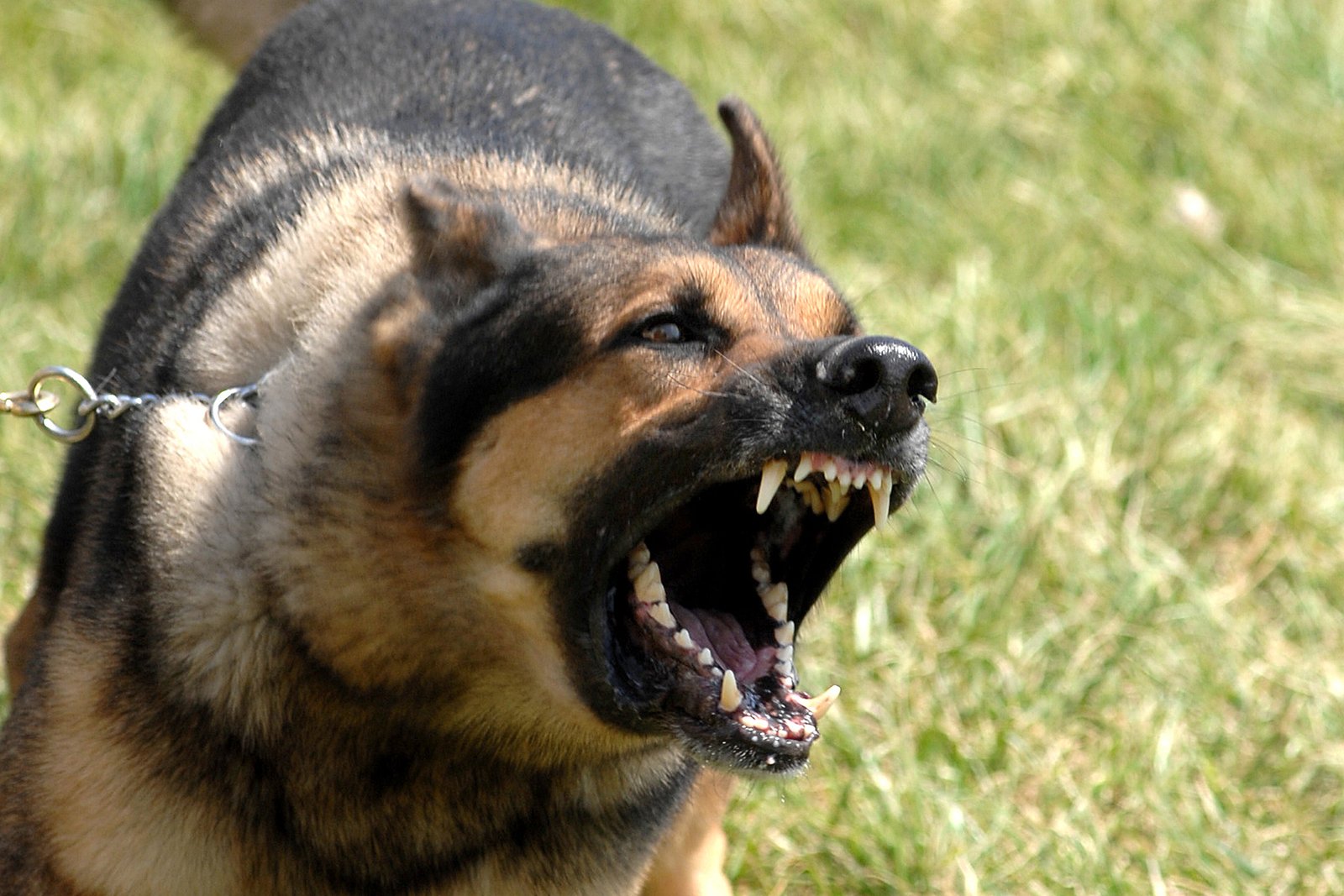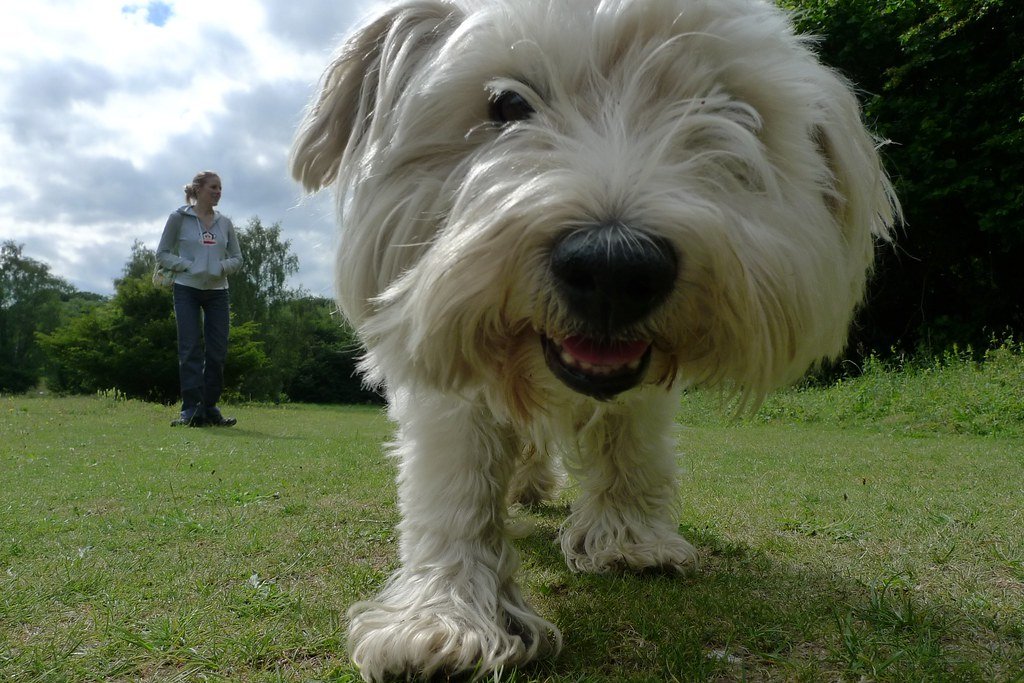Have you ever looked into your dog’s eyes and wondered what’s really going on behind that wagging tail? Most dog owners believe that as long as a pup is eating and playing, everything is just fine. But the truth is, our furry friends are masters at hiding their real feelings, especially when they’re not happy. Some signs are so subtle, they’re easy to miss—even for the most devoted pet parent. Understanding these hidden clues can mean the difference between a dog that’s merely surviving and one that’s truly thriving. Get ready; what you’re about to discover might just surprise you!
1. Excessive Licking or Chewing
When a dog is constantly licking their paws or chewing on their skin, most people think it’s just a grooming habit or maybe a reaction to allergies. But in many cases, this repetitive behavior actually signals emotional distress. Dogs sometimes turn to licking or chewing as a coping mechanism when they’re feeling anxious, bored, or unhappy. Think of it as their way of self-soothing, much like how some people bite their nails when stressed.
If you notice your dog obsessively licking or chewing, pay close attention to when it happens. Does it get worse when you leave the house? Or maybe when there’s a loud noise? Dogs can’t tell us with words, but their actions shout the truth. Unchecked, this can even lead to painful sores or infections, making your pup even more uncomfortable. It’s important to address the root cause rather than just stopping the behavior.
2. Loss of Appetite or Changes in Eating Habits
It’s easy to brush off skipped meals as a dog being ‘picky’ or ‘not hungry,’ but a sudden disinterest in food is a red flag. Just like people, dogs can lose their appetite when they’re unhappy or stressed. If your once enthusiastic eater starts leaving kibble behind, it might be time to ask yourself what’s changed in their environment or routine.
Dogs are sensitive creatures. Major changes like moving house, new family members, or even the loss of a companion can disrupt their emotional balance. A dog that’s not eating could be telling you, “I’m not okay.” Never ignore this sign. Persistent changes in eating habits warrant a chat with your vet to rule out medical issues, but don’t forget to consider their emotional state too.
3. Hiding or Withdrawing from Family

Dogs are naturally social animals, so when your furry friend starts hiding under the bed or avoiding family members, it’s a sign something’s wrong. This isn’t just about being shy—it’s often a cry for help. When dogs feel overwhelmed, scared, or unhappy, they may retreat to quiet, isolated spots to escape from whatever is bothering them.
I once had a rescue dog who’d vanish for hours whenever guests came over. It turned out he was deeply uncomfortable with strangers and loud environments. If your pup is suddenly less interested in cuddles, playtime, or following you around, don’t take it personally. It’s their way of saying they need space to process their feelings, or perhaps they feel unsafe or stressed in their current environment.
4. Excessive Sleeping or Lethargy
Sure, dogs love a good nap, but there’s a big difference between normal sleep and constant lethargy. If your dog is sleeping far more than usual or just seems to have lost their spark, it could be a sign of unhappiness. Sometimes, dogs retreat into sleep as a way to escape their environment or feelings, almost like they’re trying to shut out the world.
This kind of tiredness isn’t just about being lazy or old. It’s a warning sign that something’s wrong—either physically or emotionally. If your dog suddenly stops wanting to play, explore, or even greet you at the door, it’s worth taking a closer look. Compare it to how people sometimes stay in bed when they’re feeling down; dogs aren’t so different after all.
5. Destructive Behaviors

Chewed shoes, shredded pillows, or scratched doors might seem like classic signs of a mischievous pup, but often, these actions are cries for help. Dogs that are unhappy, lonely, or anxious frequently take out their frustrations on household items. It isn’t about disobedience—it’s about trying to cope with big, uncomfortable feelings.
If your dog has suddenly started tearing things apart, take a step back and ask what’s changed. Are they getting less attention? Has their routine shifted? Sometimes, destructive behaviors are a desperate attempt to get noticed or to relieve stress. Rather than punishment, what they need most is understanding and a little extra support.
6. Excessive Barking, Whining, or Howling

A little barking is normal, but when your dog won’t stop yapping, whining, or howling, it’s a sign that something’s off. Dogs use vocalizations to communicate, and excessive noise usually means they’re trying to tell you something. It might be boredom, loneliness, or even fear.
This behavior is particularly common in dogs left alone for long stretches. Separation anxiety can turn even the quietest pooch into a howling machine. Think of it as their version of calling for help or reassurance—like a child crying out in the night. If your home suddenly feels a lot noisier, your dog could be feeling unhappy or unsettled.
7. Aggression or Uncharacteristic Growling
If your normally gentle dog starts snapping, growling, or showing their teeth, don’t just shrug it off. Aggression is often a sign that a dog is feeling threatened, scared, or deeply unhappy. This sudden change in temperament can be alarming, but it’s important to look for the reasons behind it rather than just the behavior itself.
Dogs aren’t naturally aggressive without cause. Unhappiness, pain, or fear can make even the sweetest pup act out. Maybe they’re not feeling well, or perhaps something in their environment is making them uncomfortable. Addressing the source of their unhappiness is the key to helping them feel safe and secure again.
8. Pacing or Restlessness

A dog that can’t seem to settle down—constantly pacing back and forth or circling the room—is likely feeling anxious or unhappy. This kind of restlessness often goes hand in hand with stress or boredom. It’s almost as if they’re searching for something to soothe their unease but can’t quite find it.
Imagine feeling trapped in a room with nothing to do and no one to talk to. That’s how dogs feel when they’re stuck in an uncomfortable situation. Restlessness is their way of showing they need more stimulation, comfort, or reassurance. Keep an eye out for this subtle sign—sometimes it’s easy to miss in a busy household.
9. Loss of Interest in Play or Walks
If there’s one thing dogs are known for, it’s their boundless enthusiasm for play and walks. So if your pup suddenly turns down a game of fetch or seems uninterested in their favorite route, it’s a definite warning sign. Loss of interest in previously loved activities is often linked to unhappiness or even depression in dogs.
This change isn’t just about getting older. Dogs that stop playing or walking are often signaling that something in their world isn’t right—whether it’s a medical issue, emotional stress, or environmental changes. As a dog lover, it’s heartbreaking to see, but recognizing the sign is the first step toward helping your furry friend feel like themselves again.
10. Changes in Body Language
Dogs communicate more with their bodies than with their voices. Ears pinned back, tail tucked between the legs, or constant yawning and lip licking are all subtle signs of discomfort or unhappiness. These gestures might seem small, but they speak volumes about your dog’s emotional state.
It’s easy to overlook these cues, especially if you’re used to seeing your dog relaxed and happy. But body language is your dog’s first line of communication. By learning to read these signs, you’ll be able to spot unhappiness before it becomes a bigger problem, offering comfort and support just when your pup needs it most.
While dogs can’t tell us when something’s wrong with words, their behavior often speaks volumes. The ten signs covered in this list—like withdrawal, destructive habits, or changes in appetite—are subtle but important clues that your dog may be feeling unhappy or stressed. Recognizing and addressing these behaviors is key to improving their well-being and deepening your bond. A happy dog is one who feels secure, understood, and loved—and that starts with truly listening to what they’re trying to tell you, even in silence.

Esther is from India; the heartbeat of South Asia, holding a Master’s degree in Zoology and a postgraduate diploma in Animal Welfare. Her enthusiasm for animal welfare drives her passion and dedication to working for animals, ensuring their well-being, and advocating for their rights. With a solid academic background and hands-on experience, she is committed to making a positive impact in the field of animal welfare. In her free time, she enjoys embroidery and sewing. As a Chennaite from Tamil Nadu, Esther loves Bharathanatyam, an Indian classical dance form.






